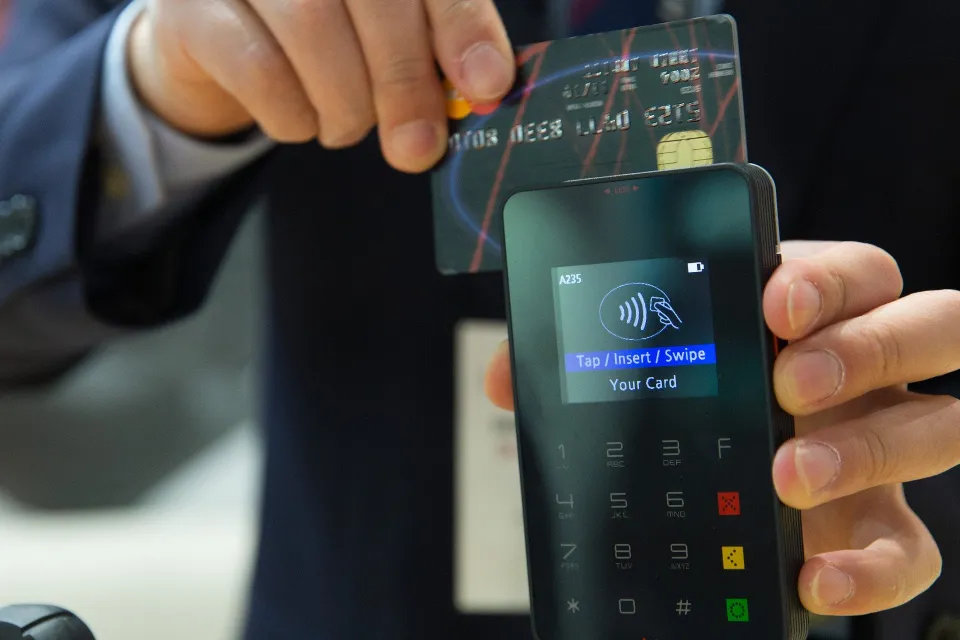Table of Contents
Clear your doubts and avoid expensive surcharges.
There are people who do not understand that credit cards are not an extension of their money but a loan for which interest must be paid. That’s what financial institutions call the APR, or the annual percentage rate.
The money you get from cards or loans is not free, it generates an extra cost that you have to pay to the bank, in addition to what you borrow, and if you are not clear it could give you serious headaches.
To talk about the APR on credit cards is to talk about the fact that, if your contract says that it is 20%, you have to pay 20 cents a year for every dollar that they lent you. However, with most credit cards you can avoid paying interest… if you just pay them on time.
There are different types of APR, among them are:
Introductory APR
Many credit cards offer 0% introductory APR for a term of 12 to 21 months. Introductory APR means that after the established term passes the interest will go up. For example, the Bank of America credit card, the BankAmericard, offers 0% interest for 18 months. After 18 months, the interest for purchases and balance transfers will be 15.24% to 25.24%.
APR for new purchases
This type of APR is the most common on credit cards. This interest rate is applied when you make new purchases with the credit card, but do not pay off the entire balance before the grace period established by the card. A grace period is the length of time between the end of a billing cycle and the date a payment is due. During the grace period you are not charged interest, interest will begin to apply after the payment date if you have not paid.
APR for balance transfers
A transfer APR applies when you transfer money from one card to another. This APR does not have a grace period, therefore it is applied at the time of making the transfer.
Effective APR or “cash advance”
This APR applies when you withdraw cash from your credit card. This APR is usually one of the highest and is applied at the time of withdrawal. Also, there may be an additional charge.
Default or Penalty APR
This type of APR applies when the minimum payment is not received on the billing date or period. In addition, missing the billing date can have negative consequences for your credit.
Variable and Fixed APR
A variable APR means that it can change at any time, while a fixed APR stays the same. For example, most credit cards have variable interest rates that can range from 15.24% to 26.24%.
If you are looking for credit cards with a low APR you can consider Capital One’s Quiksilver and Discover it Cash Back.
If you’re looking for a credit card with 0% introductory interest, the Capital One Quiksilver Card offers 0% APR for the first 15 months, on purchases and balance transfers. After 15 months, the variable interest could be from 15.24% to 25.24%. Plus, you get 1.5% back on every purchase you make.
On the other hand, the Discover it Cash Back credit card offers 14.24% to 25.24% APR (variable); 0% introductory APR on purchases and balance transfers for 14 months and for every purchase you make you can receive 5% of the total purchase back.
